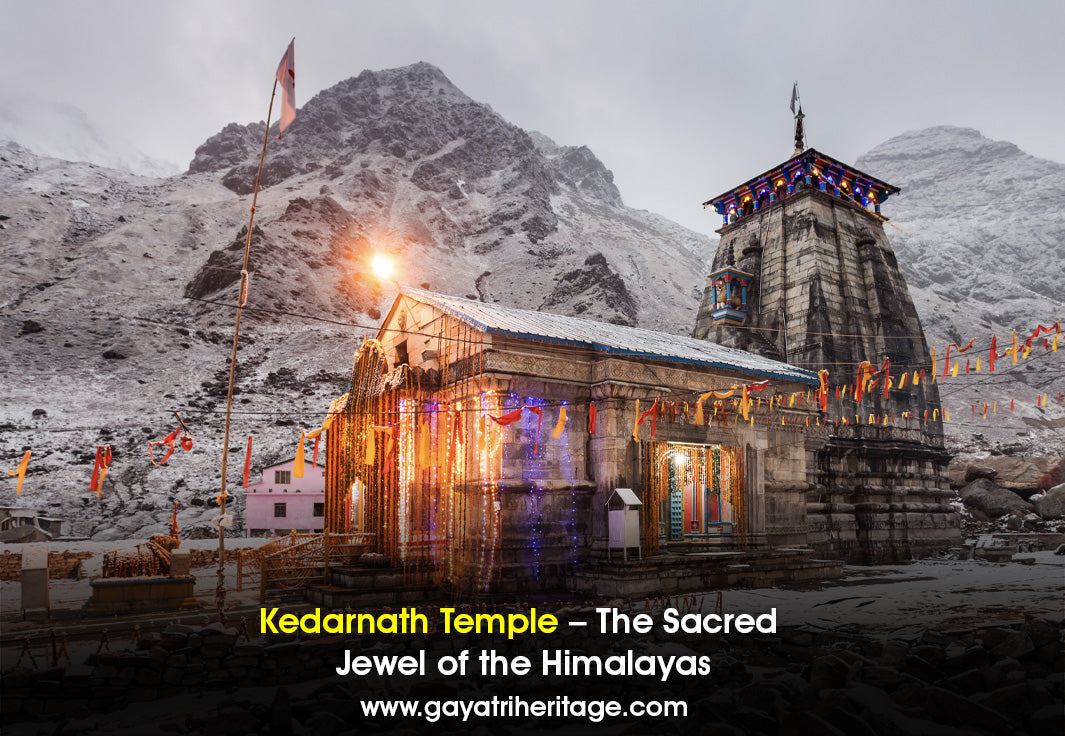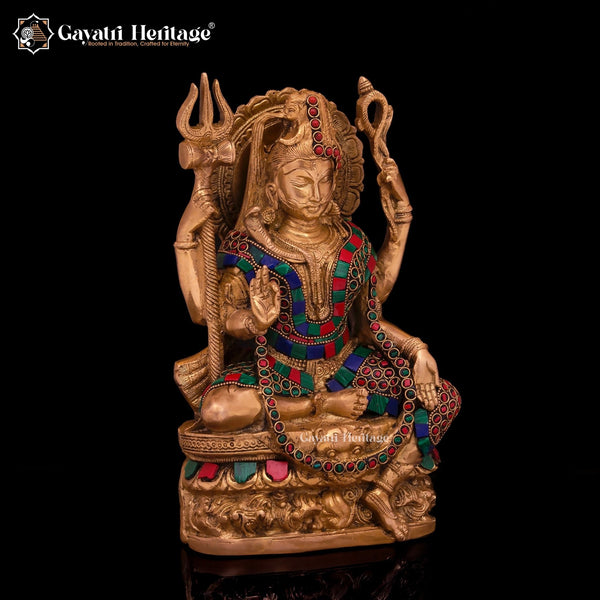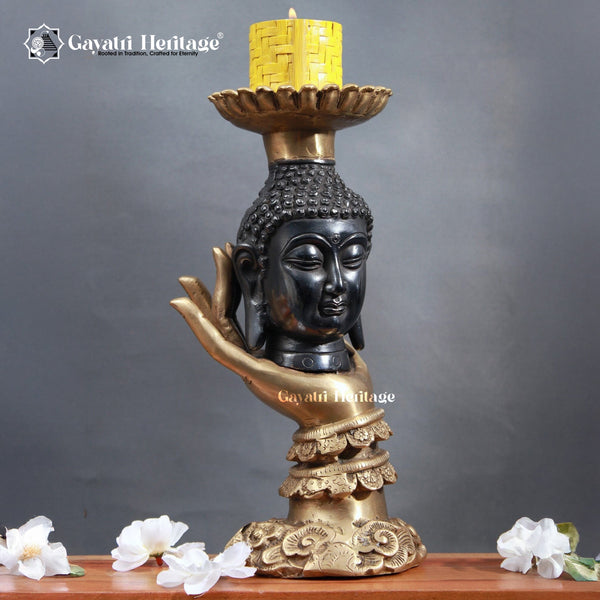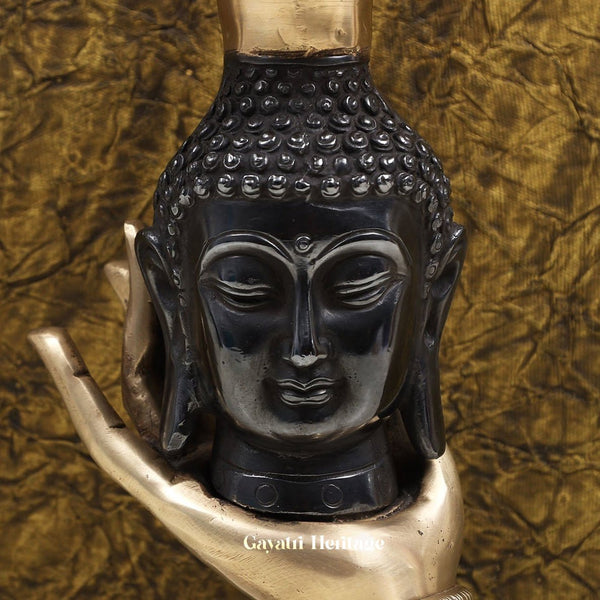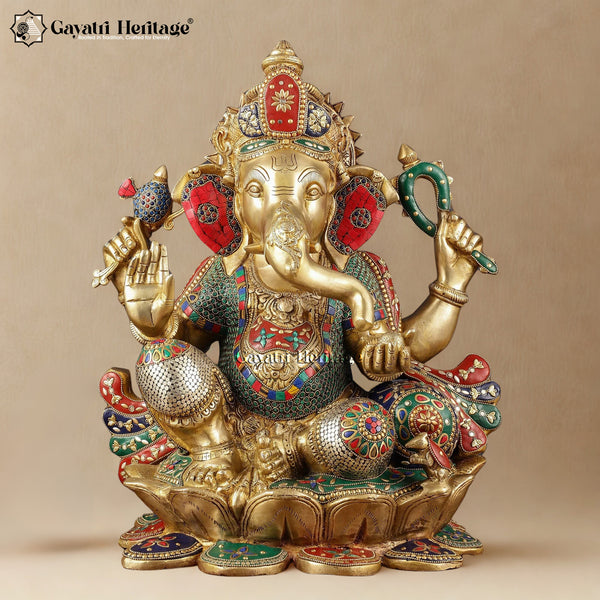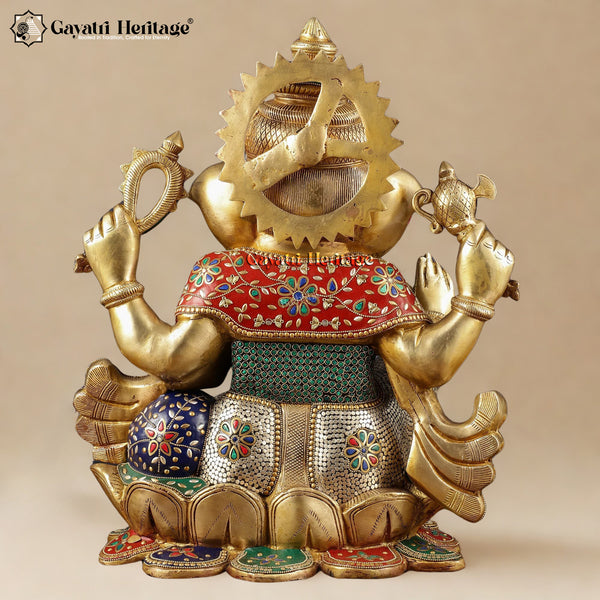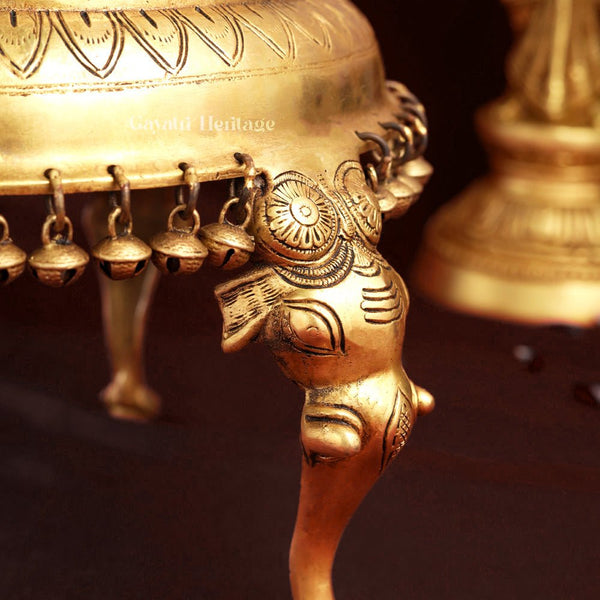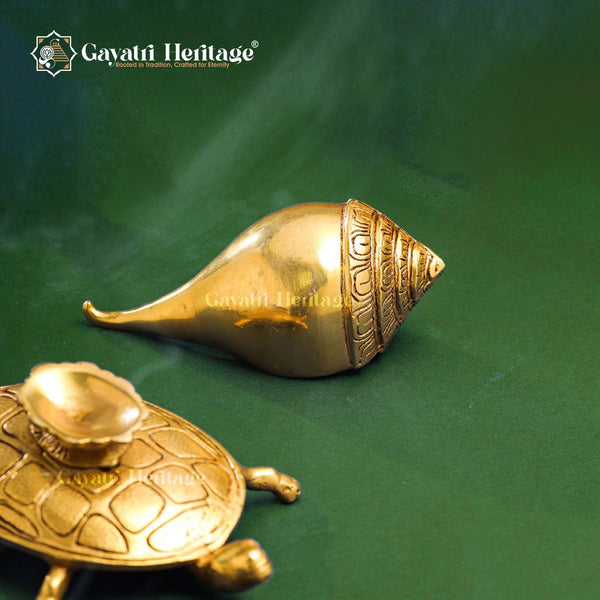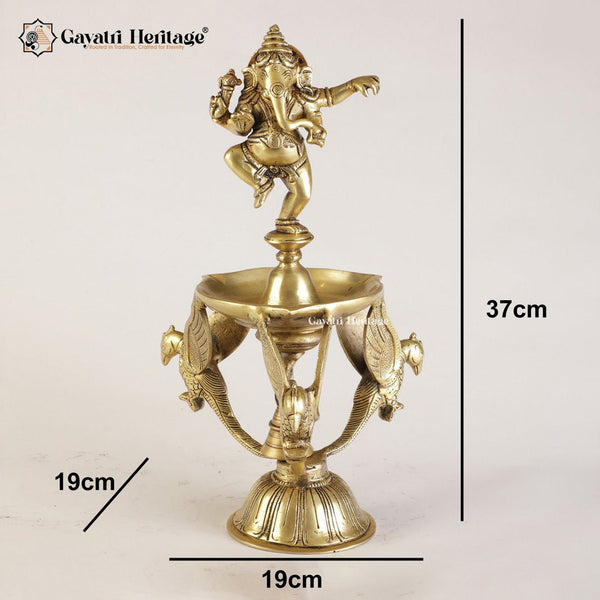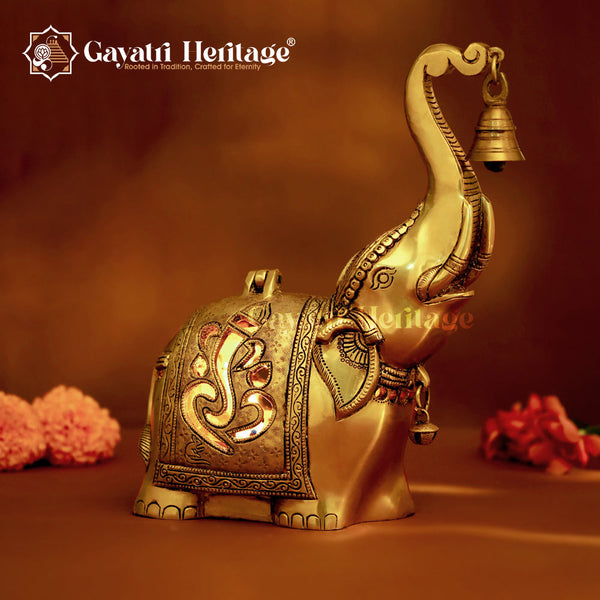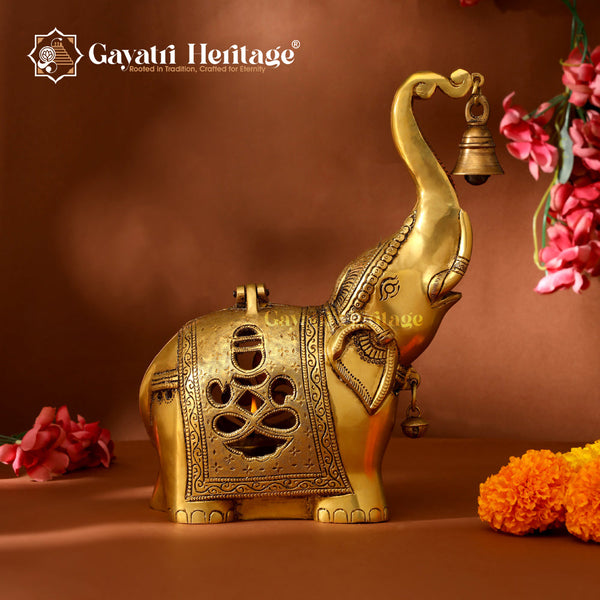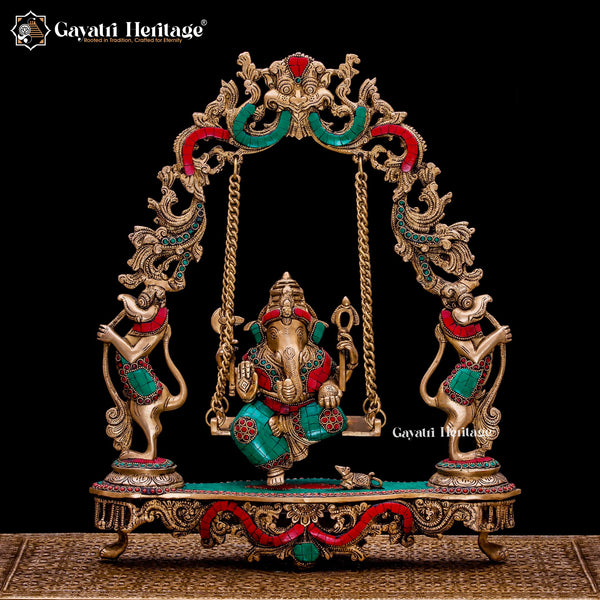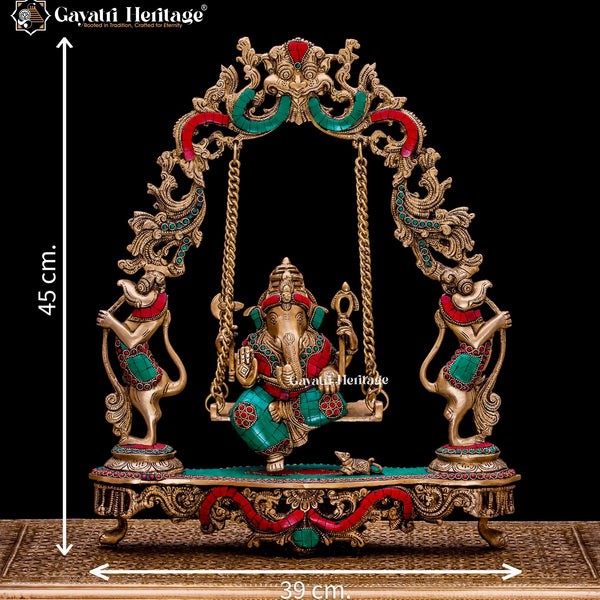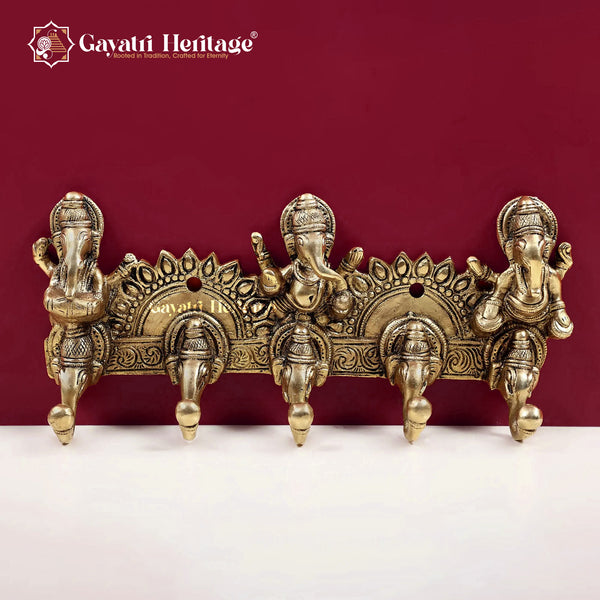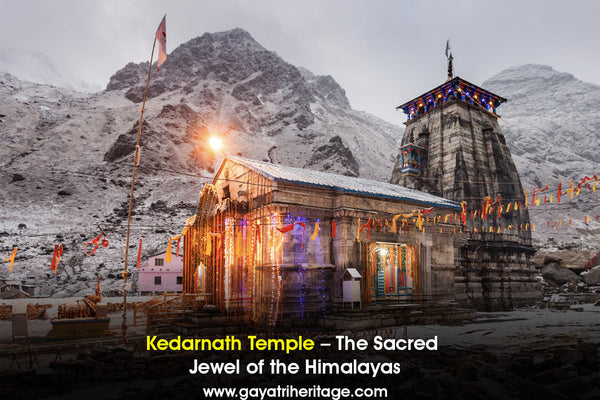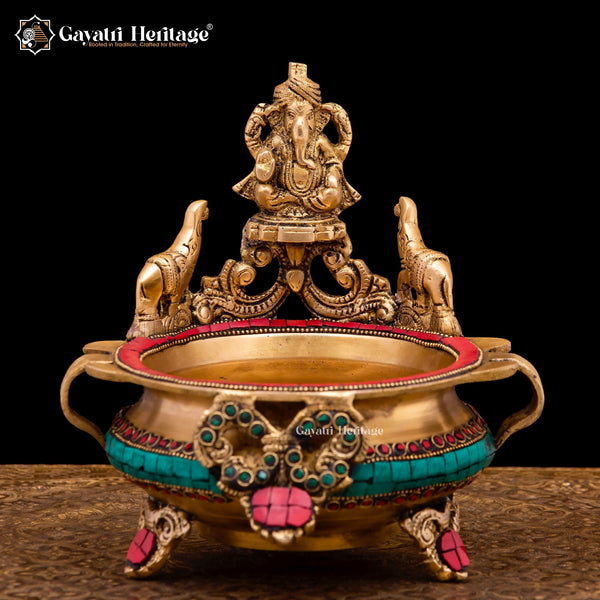Hidden deep within the snow-draped Garhwal Himalayas lies one of India's most revered spiritual destinations—Kedarnath Temple. Perched at an altitude of 11,755 feet, this ancient shrine is more than just a place of worship; it's a divine experience rooted in legends, resilience, and unshakable devotion. Whether you're drawn by faith or fascinated by history and nature, Kedarnath is a journey that stirs the soul.
What is Kedarnath Temple?
Kedarnath Temple is a sacred Hindu temple dedicated to Lord Shiva, located in the Rudraprayag district of Uttarakhand, India. It is one of the 12 Jyotirlingas, the holiest shrines of Shiva, and forms an integral part of the Char Dham Yatra and the Panch Kedar pilgrimage.
-
Deity: Lord Shiva as the “Lord of Kedar Khand”
-
Location: Garhwal Himalayas, near Mandakini River
-
Altitude: 3,583 meters (11,755 ft)
-
Constructed By: Originally by the Pandavas; rebuilt by Adi Shankaracharya in the 8th century
-
Architecture: Stone construction, pyramidal tower, carved interiors
-
Temple Season: Opens in April/May and closes in November before snowfall
The Mythology of Kedarnath
According to legend, after the battle of Kurukshetra, the Pandavas sought Lord Shiva’s blessings for forgiveness. Shiva avoided them by disguising himself as a bull (Nandi). When they tried to capture him, he disappeared into the ground. It is believed his hump appeared in Kedarnath, while other body parts emerged at Tungnath, Rudranath, Madhyamaheshwar, and Kalpeshwar—together forming the Panch Kedar.
This tale reflects the deep karmic symbolism of Shiva’s presence and the devotion of the Pandavas. Kedarnath represents the cosmic energy of destruction and renewal—a Shiva tattva that leads from ignorance to enlightenment.
Historical Insights
Ancient Origins
Kedarnath's exact date of construction is unknown, but its origins are deeply mythological. The stone temple is believed to have been originally built by the Pandavas during the Mahabharata era and later restored by the 8th-century reformer Adi Shankaracharya.
Architecture
The temple is constructed from heavy, evenly cut grey stone slabs that are interlocked without mortar. The temple stands on a large rectangular platform and has a tall, pyramidal tower. Inside, the Shiva Lingam is in the form of a natural rock that is worshipped as the divine embodiment of Lord Shiva.
Spiritual Significance
-
One of the holiest shrines of Lord Shiva
-
Believed to wash away all sins and karmic debts
-
Adi Shankaracharya's Samadhi is located behind the temple
-
Survived the 2013 flash floods, reinforcing faith among devotees
The temple’s miraculous survival during the 2013 floods is viewed by many as a divine act, enhancing its sacred aura.
How to Reach Kedarnath
Despite its remote location, thousands of pilgrims reach Kedarnath each year:
By Helicopter
-
From: Phata, Guptkashi, Sersi, Dehradun
-
Time: 7–10 minutes
-
Best for: Seniors, families, or those short on time
By Road
-
Drive to Gaurikund (last motorable point)
-
Trek: 16 km trek to the temple (moderate to difficult level)
By Train
-
Nearest stations: Haridwar, Rishikesh, or Dehradun
By Air
-
Nearest airport: Jolly Grant Airport, Dehradun (approx. 240 km from Gaurikund)
Best Time to Visit
| Season | Highlights |
|---|---|
| May – June | Ideal weather, full Yatra experience |
| Sept – Oct | Post-monsoon clarity, spiritual calm |
| Avoid | July – August (heavy rains, landslides) |
Nearby Attractions
-
Bhairavnath Temple – Protector deity of Kedarnath
-
Adi Shankaracharya Samadhi – Final resting place of the great reformer
-
Vasuki Tal – A pristine glacial lake (5 km trek)
-
Gandhi Sarovar – Where Mahatma Gandhi’s ashes were immersed
-
Triyuginarayan Temple – Site of Shiva-Parvati’s celestial wedding
Myths vs. Facts
| Myth | Reality |
| Kedarnath Temple was destroyed in 2013 | The temple survived; only the town was damaged |
| Only saints can visit Kedarnath | It’s open to all, irrespective of caste, age, or gender |
| Kedarnath is inaccessible for elders | Palki and helicopter services are available |
Rituals and Offerings
-
Morning Rudra Abhishek – Perform or witness the ritual bathing of the Shiva Lingam
-
Puja Booking – Can be booked online or via GMVN offices
-
Prasad – Offered to devotees post darshan
-
Dress Code – Modest clothing; warm layers during early and late season
Note: Warm clothing and advance accommodation booking is highly recommended.
Kedarnath After the 2013 Floods
In June 2013, devastating floods swept through Uttarakhand. While the town of Kedarnath was largely destroyed, the temple itself remained untouched, shielded by a giant rock (called “Baba Bhairavnath’s boulder” by locals), believed to be divine intervention.
Today, the temple stands as a symbol of resilience, divine protection, and spiritual endurance. Government reconstruction efforts and improved infrastructure have made the journey safer and more accessible for pilgrims.
Testimonials
“Standing before the Kedarnath Shivling was a moment of pure surrender. The journey tested us, but the darshan was worth every step.”
— Rohit Sharma, Delhi
“I took the helicopter ride with my parents. The view was surreal, and the experience was once in a lifetime. The temple radiates divine energy.”
— Sunita Joshi, Pune
Cultural Importance
Kedarnath is not just a religious site but also a cultural marker for the Himalayan people. Local festivals, folk stories, and seasonal migrations revolve around the temple’s opening and closing ceremonies. The architecture, rituals, and natural setting reflect a harmonious blend of Shaivism, Himalayan ecology, and Indian spirituality.
Conclusion
Kedarnath Temple is more than a destination—it is a divine calling. Whether you seek spiritual enlightenment, peace of mind, or a powerful reminder of nature’s grandeur, this ancient Shiva shrine offers it all. A journey to Kedarnath is a journey inward, into one’s soul.
Prepare wisely, travel safely, and carry faith in your heart—Kedarnath awaits you.
Plan Your Yatra
-
Book helicopter: heliservices.uk.gov.in
-
Official tourism info: uttarakhandtourism.gov.in
-
Check weather and road status before traveling
